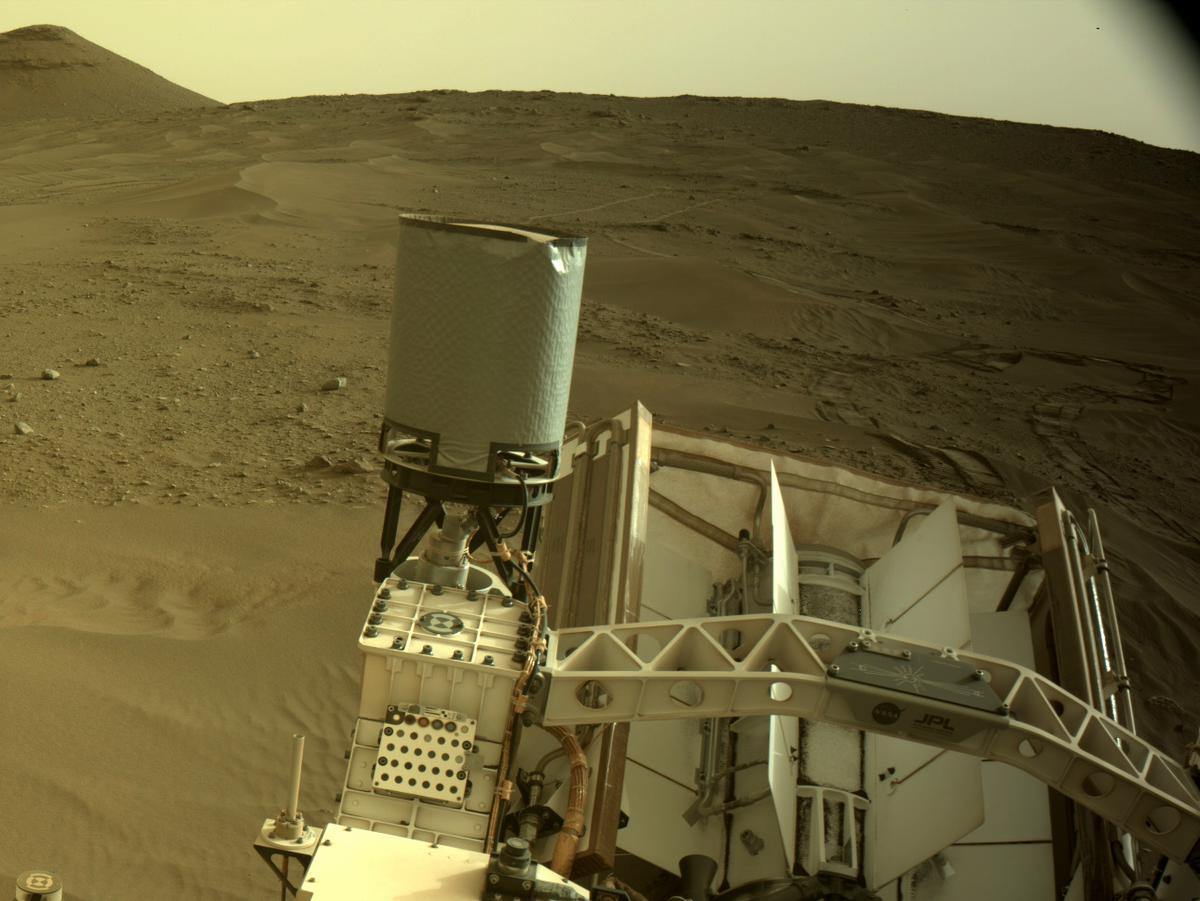2 min read

Perseverance was on the move this past week after finishing up remote science activities at Enchanted Lake, an exposure of finely layered rocks that may represent some of the lowest deposits of the delta. The rover threaded its way east around large sandy dune ripples before heading north enroute to Hawksbill Gap, where the team hopes to collect our first set of delta samples and eventually ascend the delta front. Planning this past week at Jezero has mostly focused on making drive progress with additional reconnaissance imaging to scout our upcoming walkabout and support future planning for Mars Sample Return. The team was able to reestablish communications with Ingenuity after the recent anomaly and is continuing to gather and analyze the data.
Perseverance is expected to arrive at our first location, named Devils Tanyard, within the next few sols. There, we plan on abrading a fresh surface and getting our eyes and instruments up close to investigate the rocks and identify potential sampling sites. This will be the first of likely five proximity science stops as we ascend Hawksbill Gap up the delta stratigraphy towards a location named Rocky Top. After completing this first half of our walkabout, we plan on descending to sample at three of our favorite sites. With these three sample pairs, the team hopes to add to our Martian collectables a set of fine-grained clay-bearing mudstones that are good candidates for preserving organics and potential ancient microbes, as well as coarser grained sandstones to investigate material washed down from beyond Jezero and to constrain the timing of past lake activity. With each drive and sample, the team continues to learn more about this once watery crater and piece together the story written in the Martian rocks.
Written by Brad Garczynski, Student Collaborator at Purdue University







